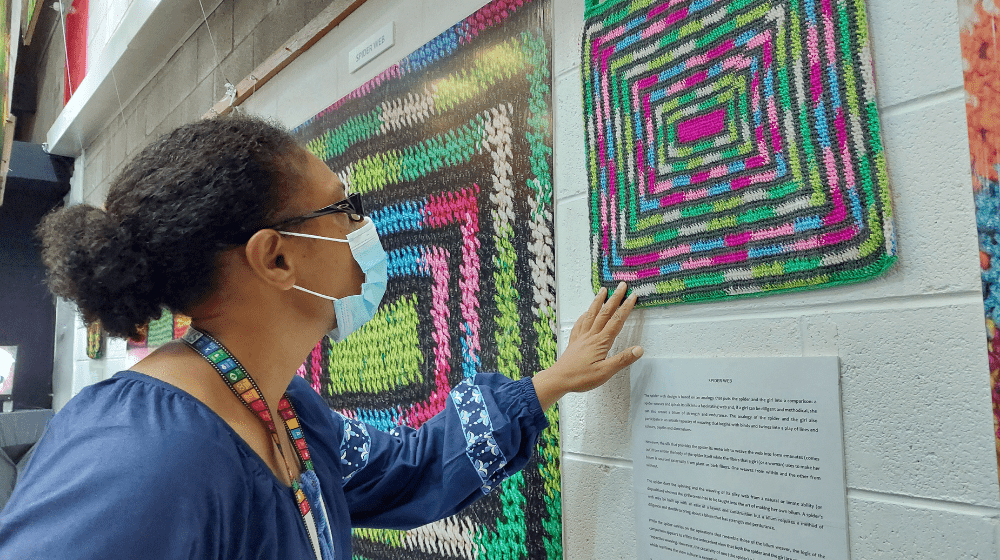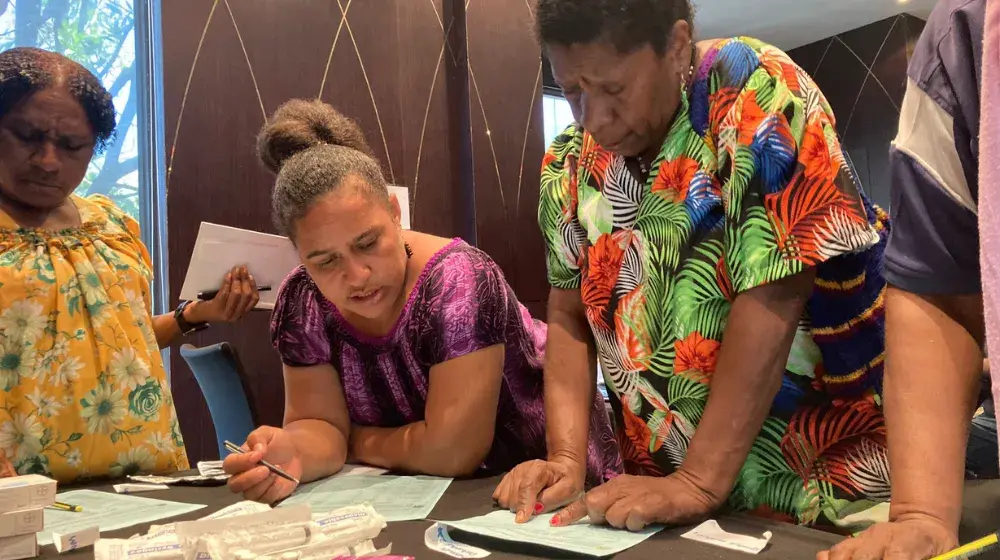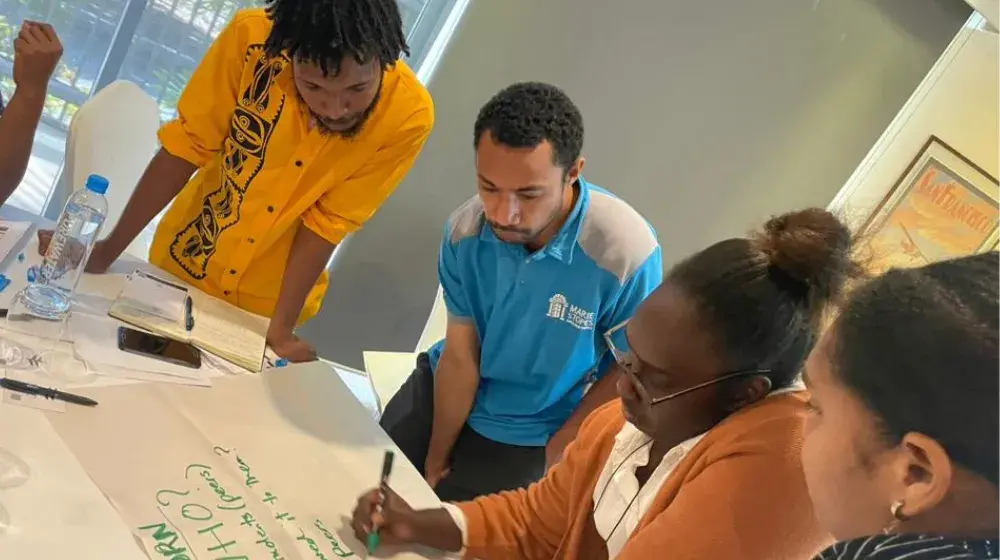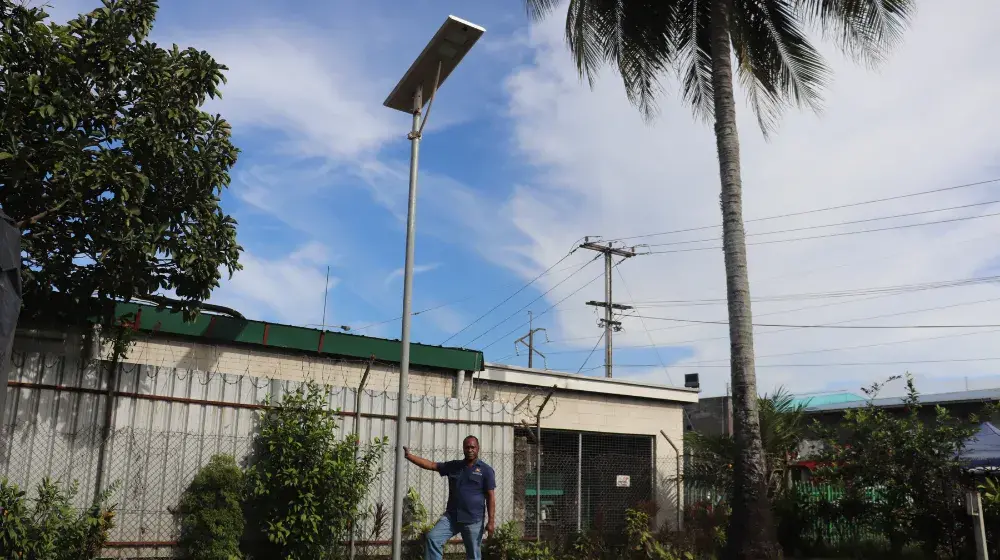A partnership between UNFPA, the National Museum of Papua New Guinea, and the Goroka Bilum Festival is exploring the hidden meaning behind common bilum patterns. The Bilum Exhibition, “Bilum Em I Laif”, will be celebrated from July 1st through to August 1st at the National Museum of Papua New Guinea.
“The bilums tell us that life transitions, puberty, marriage, childbearing, aging and a woman’s social status have always been part of the conversation in PNG. The bilum patterns were a way for women to communicate to the border community about the milestones and challenges they face on their journey through adolescence to adulthood and beyond.,” said UNFPA Country Representative Ms. Marielle Sanders.
“By focusing on the deeper meaning of the bilum patterns we raise awareness about the urgent need to invest in access to sexual and reproductive health services in PNG for the country to achieve its development goals. At the same time, we highlight women’s contribution to the cultural legacy of the bilum craft and patterns to a younger generation of Papua New Guineans.”
This month-long exhibition is about unlocking the hidden meanings behind traditional forms of communication and meaning through this woven fabric and most importantly, to question the silence around women’s bodies, their social position and role in modern PNG society.
Renowned bilum meri Ms. Florence Jaukae thanked UNFPA for the exposure of the bilum and educating people in what each design signifies.
“Majority of our people do not know the story behind each design. Bilum in itself means the ‘womb’. Bilum is mama and it needs respect and space, ” Ms. Jaukae stated.
“It is time the bilum takes its place and a stand alone exhibition to remind Papua New Guineans the importance of cultural objects, in this case the bilum. Through this exhibition, I hope we are reminded to respect our cultural heritage and especially our womenfolk.”
UNFPA Papua New Guinea welcomes guests to read these stories about Bilums and the craftwomen behind them.
“An exhibition like this at the most prestigious institution for PNG’s national heritage is a public acknowledgement that the bilum is more than a beautiful object to be traded,” said Ms Sander.
The bilum is part of the woman’s story in PNG and their story must be understood and acted upon for the sake of the present and the future.
About Bilum Campaign
The Bilum Campaign leverages the wisdom and culture of Papua New Guinea’s women to mobilize support for investments in a strong primary health and education sector that prioritizes reproductive health services and information. The Bilum Campaign revisits the traditional role of women and reproductive health through the iconic string bags of PNG known as the “bilum”. The campaign leverages influential elders from PNG for discussions about a modern PNG identity and social norms for men and women. By focusing on the deeper meaning of the bilum patterns we raise awareness about the urgent need to invest in access to sexual and reproductive health services in PNG for the country to achieve its development goals.





